Russia's "special military operation" in Ukraine, which will begin in February 2022, is boosting demand for copper, Fastmarkets reported on July 8, citing sources familiar with the matter.
This is because the production process of most types of ammunition requires copper and it is obvious that bullet casings are made of brass - an alloy of copper and zinc.
“Every day the war consumes tons of copper. When the war ends, there will be a new copper mine in Ukraine containing copper scrap,” a producer told Fastmarkets. “This is increasing the demand for brass.”
While the Russia-Ukraine conflict has entered its third year, it seems that ammunition factories have only recently responded.
During the early stages of the war, Moscow and Kiev pulled out most of their Soviet-era military hardware from their stockpiles.
In the ensuing phase of the protracted conflict, both sides increasingly used supplies from international allies, depleting the stockpiles in those countries as well.
As old stocks run out, ammunition factories around the world are now ramping up production of new ones to make up for lost volumes.

A car drives past the tail of a missile pinned to the ground in Chasiv Yar, near Bakhmut, Donetsk region, March 2023, amid Russia's "special military operation" in Ukraine. Photo: France24
Take NATO’s 155mm artillery shell, for example. A standard NATO 155mm shell contains 0.5kg of copper. Ukrainian forces are firing up to 7,000 of these shells a day, according to the European Defence Agency (EDA).
The Royal United Services Institute (RUSI), a UK defence think tank, said the Russian equivalent is a 152mm artillery shell.
While exact figures are impossible to come by, RUSI, along with other defense think tanks and a host of Western security officials, estimate that Russia is firing millions of artillery shells every year.
According to consulting firm Bain & Company, Russia produces 4.5 million artillery shells a year, increasing production by 150% in the past 12 months.
Factories in the United States, the European Union (EU) and the United Kingdom are also ramping up ammunition production. Bloomberg estimates that the United States produced an average of 14,400 artillery shells a month before the conflict in Ukraine broke out more than two years ago.
However, defense industry publication Defense One said Washington aims to increase production to 100,000 artillery shells per month by the end of 2025.
“War is good for the metals business,” said Fastmarkets analyst Andy Farida. “Part of the reason copper prices have held up while other base metals have not is likely due to increased demand due to the ongoing war in Ukraine.”
The industry's need for copper for military purposes has come into the spotlight in recent years.
“Europe is rearming; Japan is rearming. The U.S. military is worried about a shortage of 155mm artillery shells. Where do you think the world’s armies are going to come from with all this shooting going on?” mining magnate Robert Friedland told Bloomberg recently.
“If someone points a gun at you, you need brass bullets to shoot back,” said Mr. Friedland.
Minh Duc (According to Mining.com, Fastmarkets)
Source: https://www.nguoiduatin.vn/xung-dot-nga-ukraine-lam-tang-nhu-cau-ve-dong-cho-san-xuat-vu-khi-20424071113552018.htm


![[Photo] General Secretary concludes visit to Azerbaijan, departs for visit to Russian Federation](https://vphoto.vietnam.vn/thumb/1200x675/vietnam/resource/IMAGE/2025/5/8/7a135ad280314b66917ad278ce0e26fa)
![[Photo] Prime Minister Pham Minh Chinh meets with the Policy Advisory Council on Private Economic Development](https://vphoto.vietnam.vn/thumb/1200x675/vietnam/resource/IMAGE/2025/5/8/387da60b85cc489ab2aed8442fc3b14a)


![[Photo] National Assembly Chairman Tran Thanh Man chairs the meeting of the Subcommittee on Documents of the First National Assembly Party Congress](https://vphoto.vietnam.vn/thumb/1200x675/vietnam/resource/IMAGE/2025/5/8/72b19a73d94a4affab411fd8c87f4f8d)
![[Photo] President Luong Cuong presents the decision to appoint Deputy Head of the Office of the President](https://vphoto.vietnam.vn/thumb/1200x675/vietnam/resource/IMAGE/2025/5/8/501f8ee192f3476ab9f7579c57b423ad)
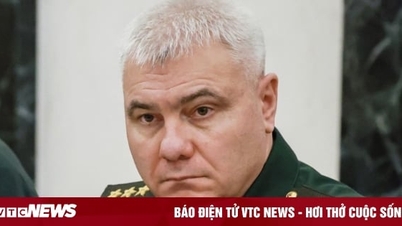

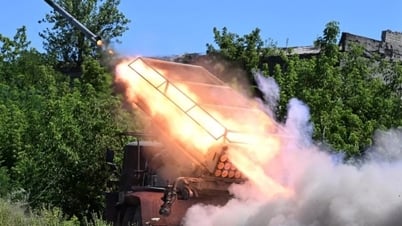

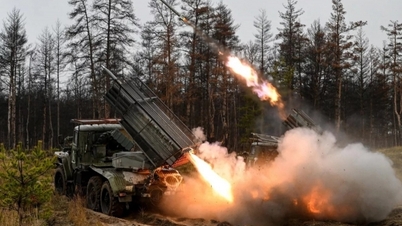
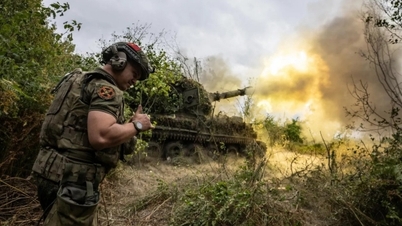



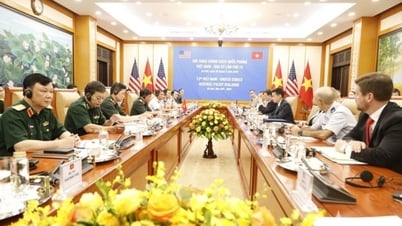


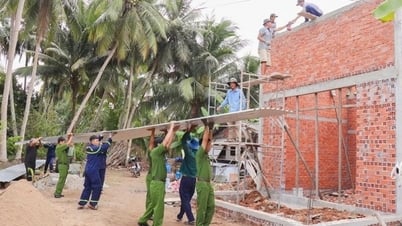

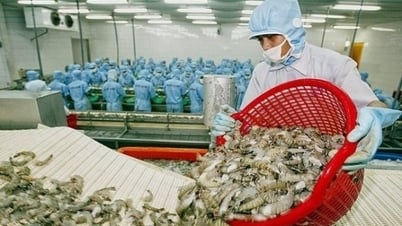








































![[Photo] Prime Minister Pham Minh Chinh talks on the phone with Singaporean Prime Minister Lawrence Wong](https://vphoto.vietnam.vn/thumb/402x226/vietnam/resource/IMAGE/2025/5/8/e2eab082d9bc4fc4a360b28fa0ab94de)
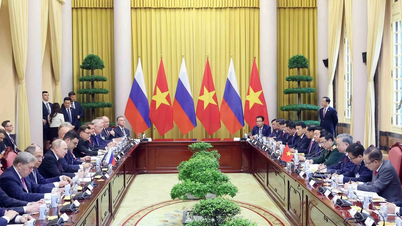












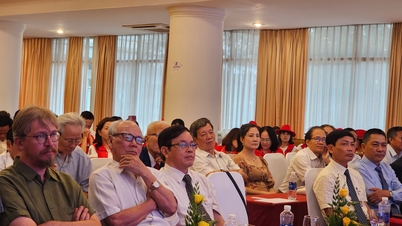
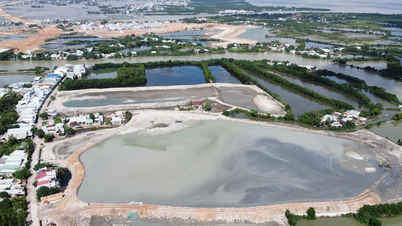



















Comment (0)